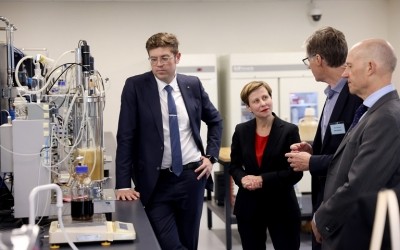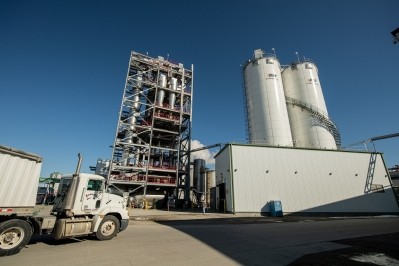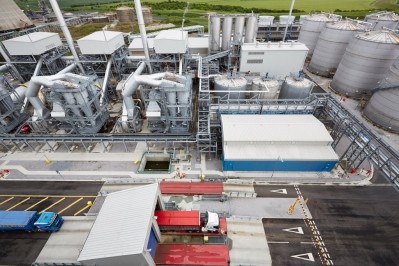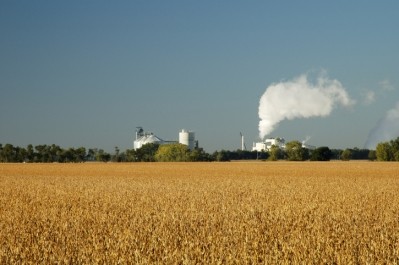Low cost yeast grown on biofuel waste stream

Australian biotech firm, MicroBioGen, claims to have developed “the world’s best biocatalyst for second generation biofuels” with a genetically modified version of common yeast.
Some 15 years in development, the optimized strain enables non-food biomass to be converted into biofuels efficiently and economically, producing a high value, low cost yeast that can be incorporated into animal feeds, according to the company.
“We specialize in one organism; it is the world’s number one industrial organism, underpinning somewhere between one and two trillion US products per year. If you didn’t have that organism you could wave goodbye to wine, beer, spirits, bread and biofuel,” Geoff Bell, CEO of MicroBioGen, told FeedNavigator.
The organism he is referring to is the common yeast Saccharomyces cerevisiae. MicroBioGen has spent the last 20 years optimizing the genetics of this yeast for specific industrial uses.
“What we have now achieved is the world’s best biocatalyst for second generation biofuels,” said Bell.
Second-generation challenges
While first-generation biofuels are produced by converting easy-to-use sugars into ethanol, second-generation biofuels are produced from non-food matter, which is a much more complex process.
“You have to break the substrate down into component sugars via fermentation. This is challenging because there are food and non-food sugars and to make it work you have to convert all of those sugars into the ethanol. Up until ten years ago that wasn’t possible because it requires genetic engineering,” explained Bell.
“Another challenge is that when you break the substrate down, furans and acids are produced which make it a difficult environment for the organism to function in,” he added.
Ten years ago, MicroBioGen started genetically engineering yeast to overcome these challenges.
“We optimized the yeast so they are better at converting non-food matter into fuel; they work faster and they can go to higher sugar concentrations,” said Bell.
Another issue the company was seeking to address with its technology was that of the waste associated with both first- and second-generation biofuel creation.
“When producing biofuels, you end with unwanted byproducts such as glycerol, organic acids and unconverted sugar. Typically this is anaerobically digested to produce low value methane, but this is extremely inefficient,” said Bell.
High value, low cost byproduct
MicroBioGen engineered its yeast to be able to grow on its own waste stream, converting this waste into a high protein yeast that is suitable for use in animal feed.
“So much yeast is produced that you end up with a secondary product – a high protein feed,” said Bell.
The product has a protein content in the region of 50%, but according to Bell, what is important isn’t what’s in there, but what isn’t in there.
“Soybean meal, for example, is full of anti-nutritionals that you have to deal with; our yeast neutralizes these,” he noted.
The low cost of the yeast produced via this bioethanol technology also makes it attractive to the feed industry, according to Bell.
“Because it is produced as a byproduct, it is vastly cheaper to produce than yeast that is produced as a feed additive. It could sell for $1,000 a ton and it would be still be viable as it adds to the economics of the biofuel plant. It would also be produced in significant volumes. A large ethanol refinery would produce tens of thousands of tons on a dry matter basis,” he said.
Bell also said that the yeast is very easy to scale up.
“In our labs we will run a fermentation in 15mls and it scale up to four million liters with over 99% accuracy,” he said.
Commercialization strategy
However, it isn’t MicroBioGen’s intention to get involved with scaling up the technology. Its strategy is to focus on yeast strains development and partner with large corporations who can translate these breakthroughs into large scale, capital intensive biorefineries.
For the commercialization of this application for both first- and second-generation biofuels, MicroBioGen has partnered with Novozymes.
“Between us, we are leading the world in second generation biofuels,” said Bell.
He said Novozymes is currently performing aquaculture trials with the high protein feed. “I don’t think it will be long before our yeasts are used in a second-generation plant."
However, producing feed will require additional capital spend, as biorefineries will need to incorporate an aerobic propagator into their process. Ultimately, it is not just biofuels that could stand to benefit from MicroBioGen’s breakthrough, either, said Bell.
“The genetics we used to improve biofuels have applications in a range of other industries as well, there is a whole, huge platform out there.”












